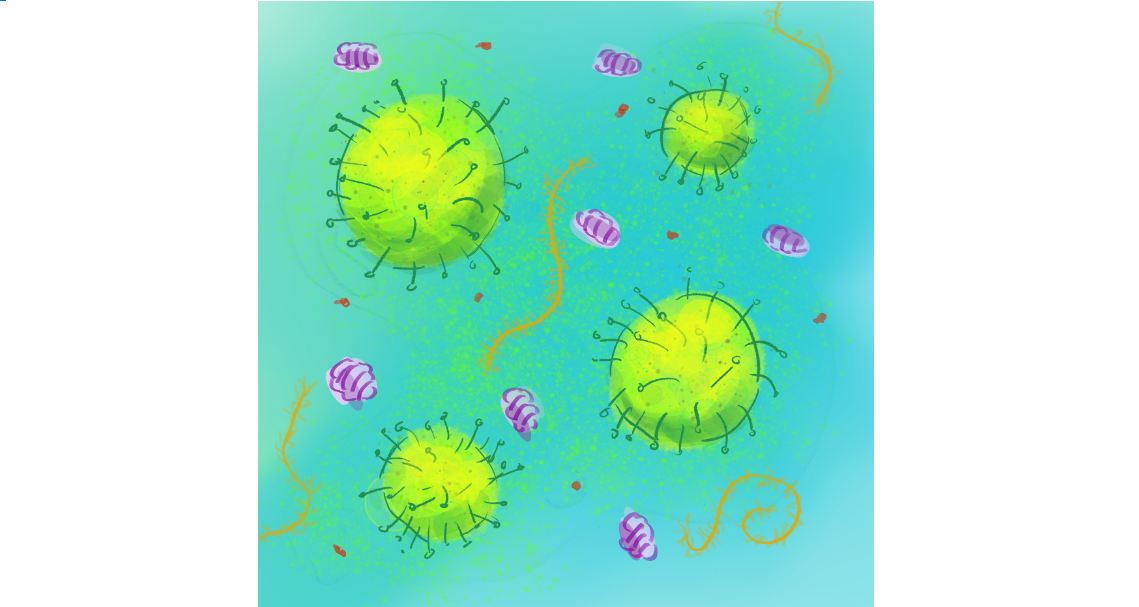‘You are what you eat’: It is an idiom many have heard in trendy food advertisements or in their grandparents’ kitchen. But, for scientists, this common phrase has been proven in the now extensive body of research known as gut microbiomics. Aiding in digestion, producing certain vitamins, and even assisting with weight loss, the assorted collection of bacteria and viruses that live inside humans known collectively as the ‘gut microbiome’ can be helpful or potentially harmful. A recent study published in Cell Host & Microbe documents a novel link between the gut microbiome and stunted childhood growth. Specifically, researchers examined the presence of bacteriophages, pathogenic viruses that attack and live inside bacteria in the gut, and their prevalence in the stomachs and intestinal tracts of children who have experienced stunted growth.
While previous studies have focussed primarily on the composition of bacteria and viruses in the gut, Dr. Corinne Maurice, professor in the Department of Microbiology and Immunology at McGill, turned her team’s attention toward bacteriophages, which often go overlooked in analyses of the gut microbiome. By using bacteriophages, also referred to as phages, as a molecular marker for the presence of bacteria in the guts of healthy and stunted children, researchers could compare the development of the gut microbiome across various stages of microbial succession.
The study found no significant difference in the number of phages in children’s guts. Yet, a metagenomic analysis of the bacteriophage DNA, a process that entails the isolation and identification of certain viral DNA sequences, lead to a breakthrough.
“We saw that stunted and healthy children had different phage communities,” Maurice said in an interview with The McGill Tribune. “For example, stunted kids had more proteobacteria phages, proteobacteria being those pathogens [that] make us sick, while non-stunted children had phages [that] infect bacteria in older children and adults.”
For children growing up in countries that lack adequate access to food and medical care, the age at which they become malnourished or develop juvenile infections can make all the difference in their likelihood of becoming stunted. To identify bacteriophages, McGill researchers used fecal samples collected from children in Bangladesh, where rates of malnutrition and stunted development are among the highest in the world.
“Food insecurity and pathogen exposure such as diarrheal infections can lead to stunting,” Maurice said. “This, for example, is what is happening with these children in Bangladesh. These kids, before they turn five years old, may have already had three to five diarrheal infections per year.”
Under such conditions, children are often given nutritional therapies in the form of vitamins and protein supplements, which work for a short period of time but are ultimately unsuccessful and only lead to a delay in growth. Now, as Maurice explained, the failure of nutritional therapy alone can be more aptly attributed to the gut microbiome, which does not respond as readily to dietary changes in the later years of adolescence.
According to Maurice, the notion that the gut microbiome is in some way linked to delays in childhood development such as stunting is a fairly new idea.
“Most therapeutic interventions, historically at least, did not consider the gut microbiome because […] we had no knowledge that the gut microbiome played a role,” Maurice said.
Previously, it was thought that children had up to three years after birth to establish their gut microbiome. In the study, however, McGill researchers identified a shorter window of opportunity, where, if children are able to maintain a healthy diet, the adverse effects of stunting on growth during adolescence may be avoided.
“What we found looking at the phages was that the time frame of intervention may be different than we initially thought and is closer to between zero and two years of age,” Maurice said. “[…] Our older children, [who] were between 28 [and] 38 months, were not able to easily change their [gut] communities.”
The emerging field of microbiomics is still a long way away from putting an end to childhood stunting, but the work of Maurice and her team shows that sometimes answers to the most pressing questions can be found in the least explored places.








